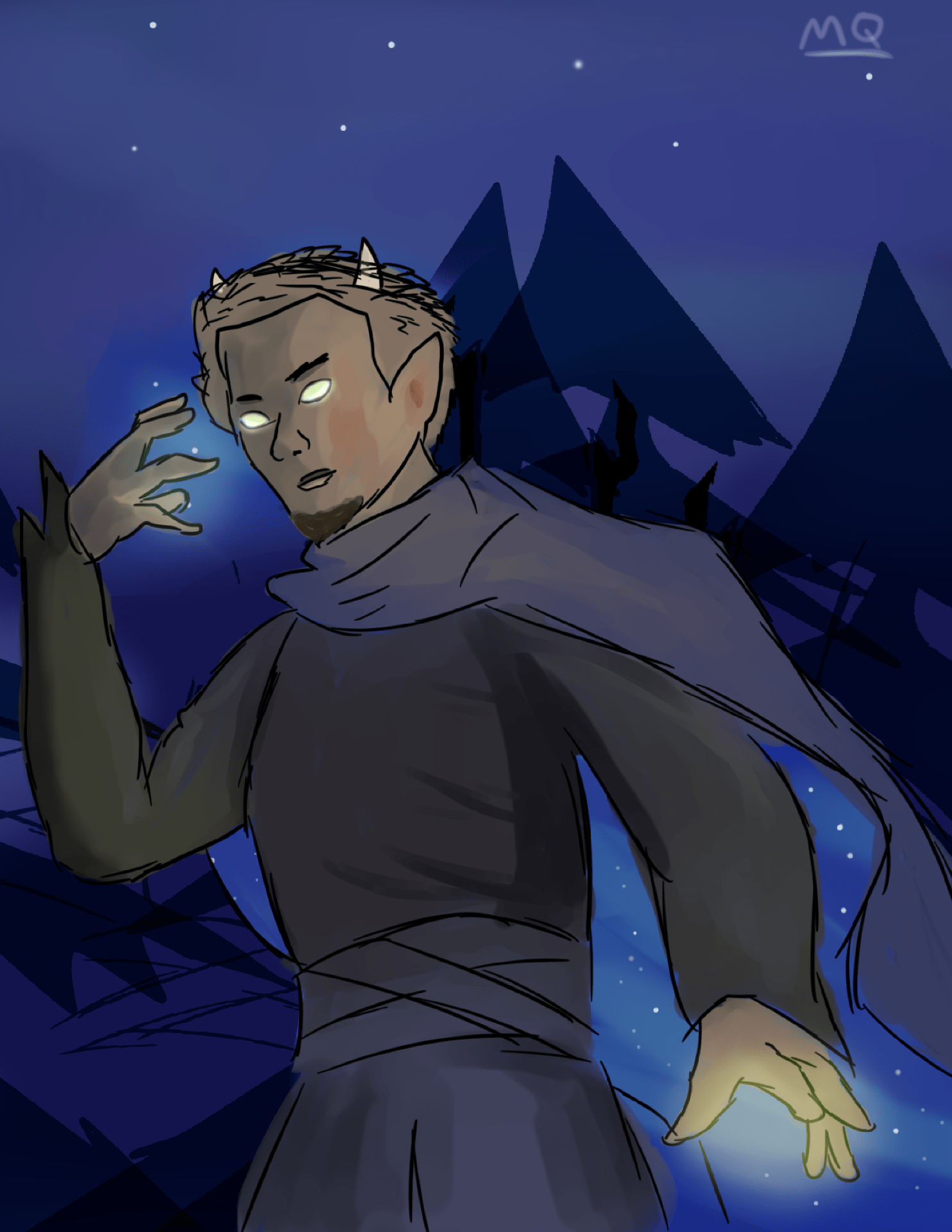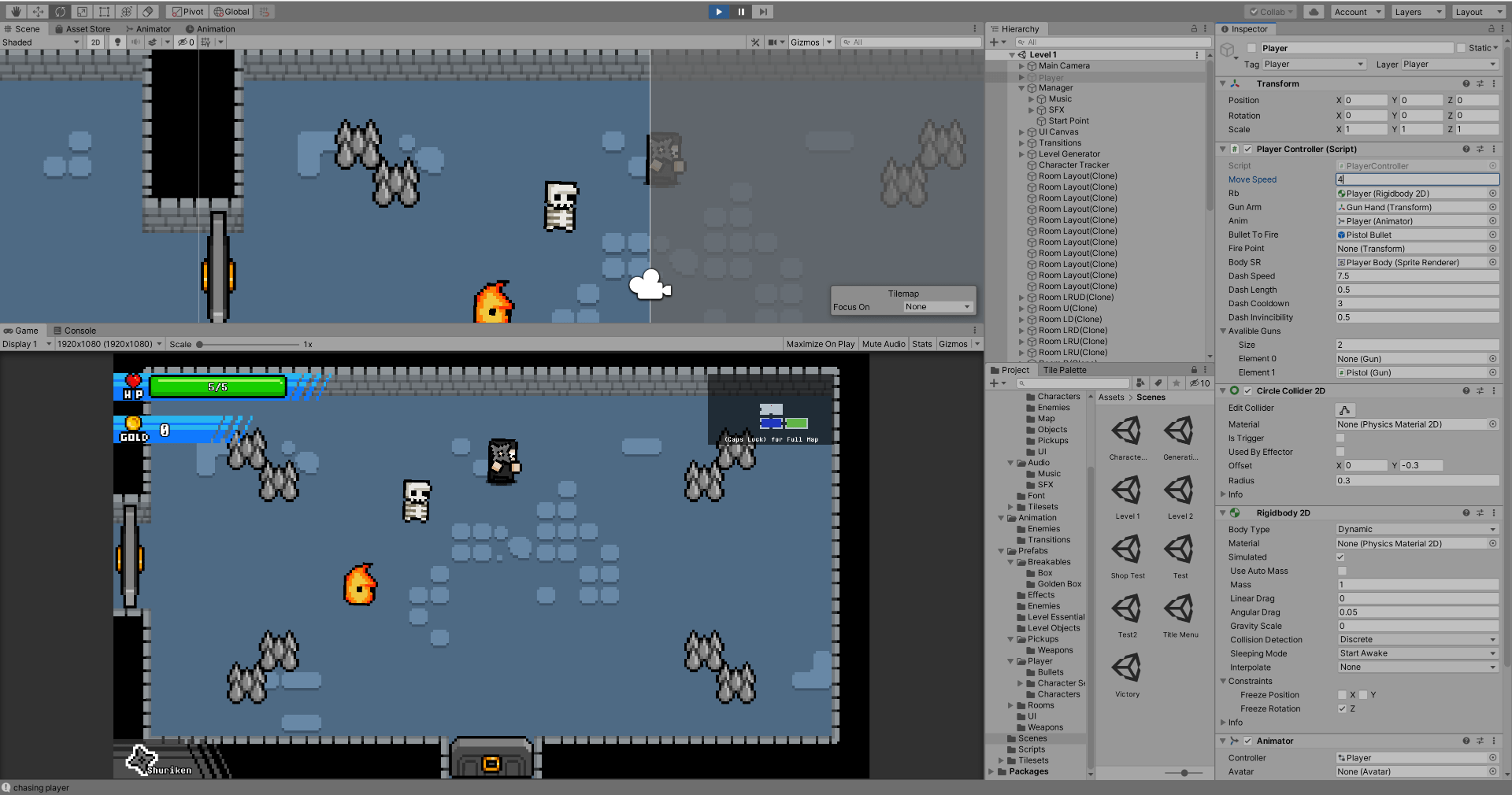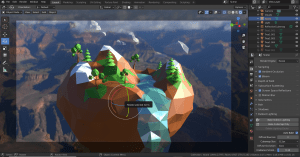Eminent Person

“It’s got to keep going without me.” – Terry Fox
My chosen eminent person is Terry Fox.
Terry Fox and his marathon of hope has raised awareness of cancer across the world and has raised over $24.17 million dollars for cancer research. Terry Fox has greatly impacted the world. Terry Fox was born in Canada on July 28, 1958 in Winnipeg, Manitoba. In his childhood, he loved to play sports. In 1976, he was accepted to the Simor Fraser University basketball team. The following year, he was diagnosed with a bone cancer known as Osteosarcoma. The doctors told Terry that his right leg, where the cancer was located, had to be amputated. It was replaced by an artificial leg. While Terry Fox was receiving treatment for his cancer, he had witnessed many patients suffer from cancer, some of them being children. This greatly inspired him to fight cancer.
Terry began to initiate a run across Canada to raise awareness of cancer and to raise money towards cancer research. For his training, he ran 3159 miles over 15 months. He would run until his stump was raw and bleeding. After his training, Terry proposed his idea to the Canadian Cancer Society, who were skeptical if Terry’s plan was realistic. However, Terry Fox was determined to go all out to complete his dream.
In 1980, Terry Fox’s rise to eminence had begun. He began his Marathon of Hope. He endured physically and mentally on this incredible journey. He ran for about 43 kilometers each day with an artificial leg. He ran through many difficult weather conditions and had received little to no support in the beginning. Terry Fox had to believe in miracles and push himself over the limit to overcome his obstacles. Eventually, Terry Fox and his goals had begun to receive more attention. On February 1, 1981, Terry had raised $24.17 million, 1 dollar for every Canadian. After 143 days of the marathon, Terry was forced to end his run outside of Thunder Bay, Ontario. His cancer had reached his lungs. Despite this, Terry promised the people that he was going to fight on and not give up. Terry Fox passed away on June 28, 1981. After Terry’s death, many were inspired to continue his legacy and raise money towards cancer research. The Terry Fox Foundation has raised over $715 million as of May 2016.
I share a passion with Terry Fox. Running. I believe I have some shared strengths with Terry Fox, such as patience and determination. Terry was a very hard-working and persevering person. He is a very strong person, physically and mentally. I hope to be somebody like Terry Fox in TALONS. A barrier I might have with connecting with Terry is that our family backgrounds are different.
Bibliography (MLA):
Chengappa, Rishika. The Terry Fox Cancer Story. n.d. 30 November 2019. <https://cancerawakens.com/the-terry-fox-story/>.
Marshall, Tabitha. Terry Fox | The Canadian Encyclopedia. 26 May 2008. Website. 28 November 2019. <https://www.thecanadianencyclopedia.ca/en/article/terry-fox>.
Marshall, Tabitha, Hubert De Bruin and Guy Martel. Terry Fox and the Developement of Running Prostheses. 31 August 2015. 30 Novemeber. <https://www.thecanadianencyclopedia.ca/en/article/terry-fox-and-the-development-of-running-prostheses>.
- This article was very useful for my speech since it was from the perspective of Terry’s artificial leg. It explains in detail about Terry Fox’s artificial leg, and how he used it. It explains the flaws of the leg, as well as the difficulties Terry experienced from it. This article explains how Terry Fox impacted the development of running prostheses.
Terry Fox: Role Model and Inspiration | The Canadian Encyclopedia. 28 October 2015. Website. 28 November 2019. <https://www.thecanadianencyclopedia.ca/en/article/terry-fox-role-model-and-inspiration>.
The Terry Fox Foundation. Facts About Terry Fox. n.d. Website. 28 November 2019. <https://www.thecanadianencyclopedia.ca/en/article/terry-fox>.
- This article lists important events that have happened in Terry Fox’s life in order. This article helped me create plot points for my speech, and it also gave me some more facts about Terry Fox, increasing my knowledge about him.
The Terry Fox Foundation. Journal and Map – Terry Fox. n.d. 30 November 2019. <https://terryfox.org/terrys-story/journal-map/>.
- This article shows the route that Terry Fox took for the marathon of hope. It also includes Terry Fox’s journal during the run. This gave me a deeper understanding of Terry’s thoughts during the run.
The Terry Fox Foundation. Quotes – Terry Fox. n.d. Website. 28 November 2019. <https://terryfox.org/terrys-story/quotes/>.
The Terry Fox Foundation. The Marathon of Hope. n.d. Website. 28 November 2019. <https://terryfox.org/terrys-story/marathon-of-hope/>.
- This is the main article used for my speech. This article tells the story of the marathon of hope in detail, explaining Terry Fox’s emotions and thoughts, as well as his wants and fears. This is a good starting point to gain a general understanding of Terry’s story.
Ubelacker, Sheryl. Terry Fox’s cancer now highly curable researcher says. 13 September 2014. 30 November 2019. <https://www.cbc.ca/news/canada/british-columbia/terry-fox-s-cancer-now-highly-curable-researcher-says-1.2765316>.
- This article explains how the money Terry Fox raised for cancer researched benefits society. This article specifically explains how osteosarcoma, the cancer that Terry received, is now highly curable.
Watts, Richard. Artifacts in special museum exhibit tell the Terry Fox story. 11 April 2017. 30 November 2019. <https://www.timescolonist.com/news/local/artifacts-in-special-museum-exhibit-tell-the-terry-fox-story-1.14871018>.












![install game engine unity3D [debian 64bit] | fredfire1](https://external-content.duckduckgo.com/iu/?u=https%3A%2F%2Ffredfire1.files.wordpress.com%2F2016%2F03%2Funity-project.png&f=1&nofb=1) Unity is a game engine that can be used to create 2D and 3D games.
Unity is a game engine that can be used to create 2D and 3D games.